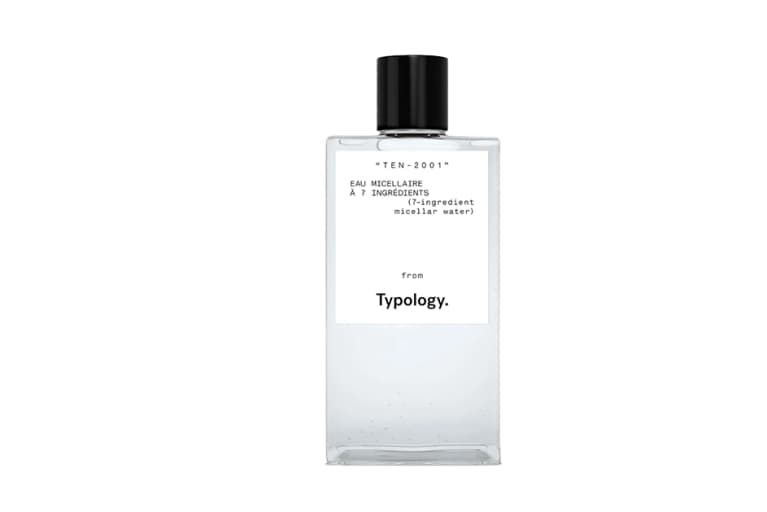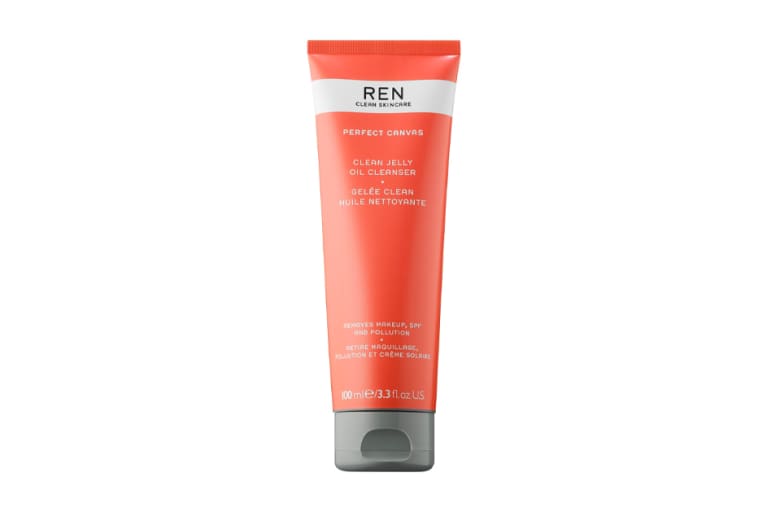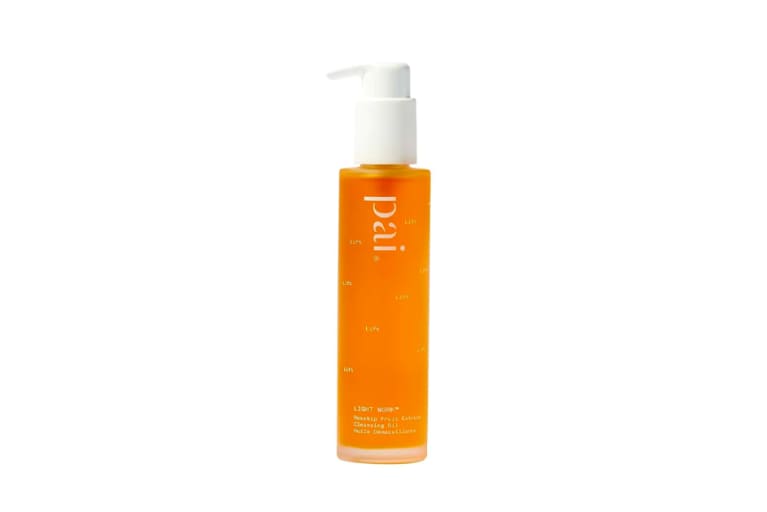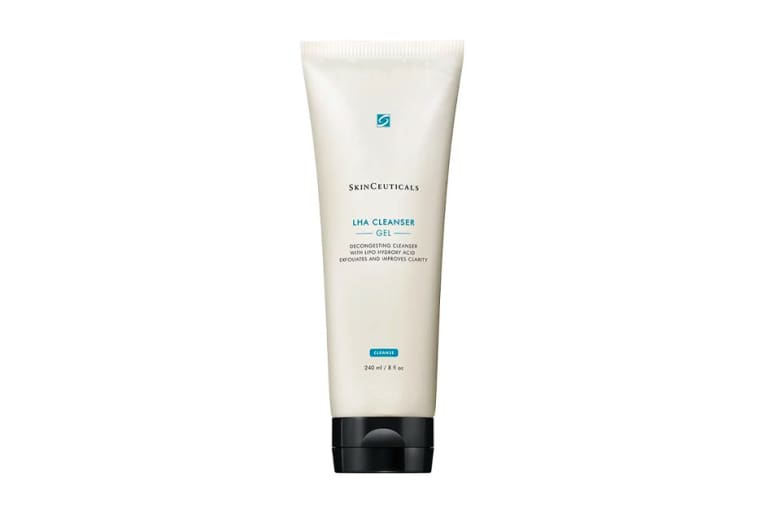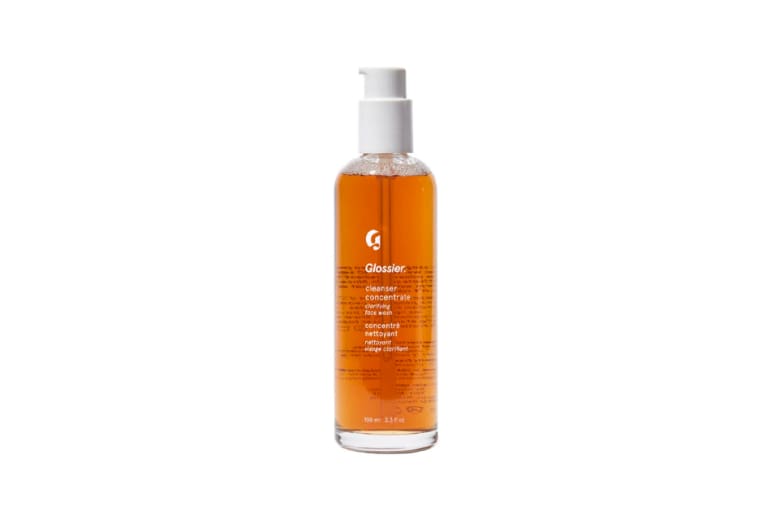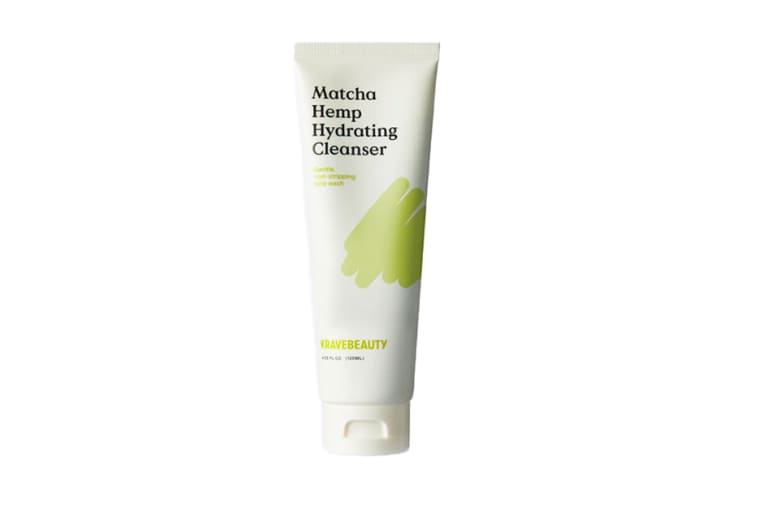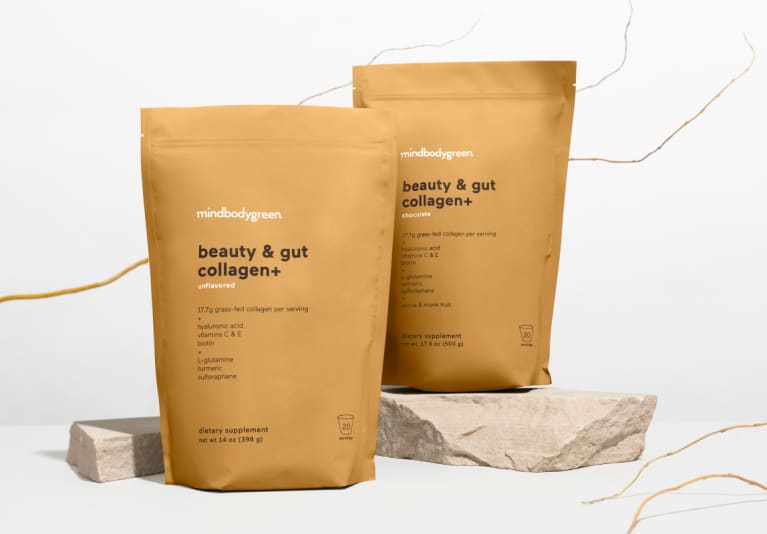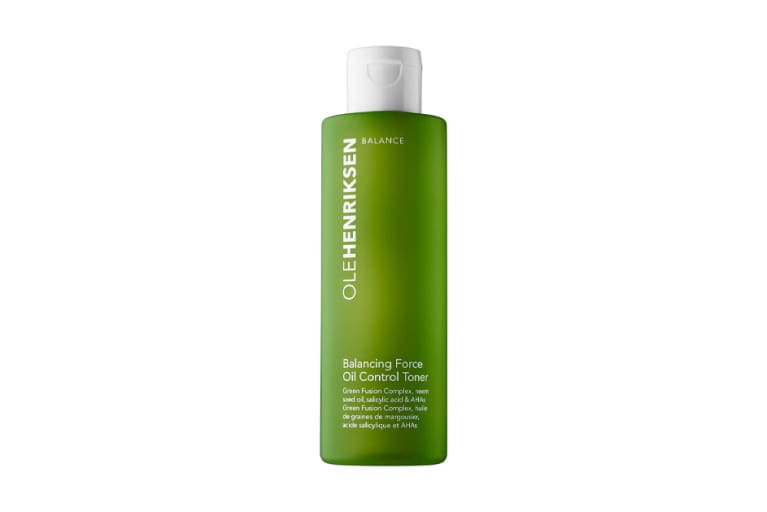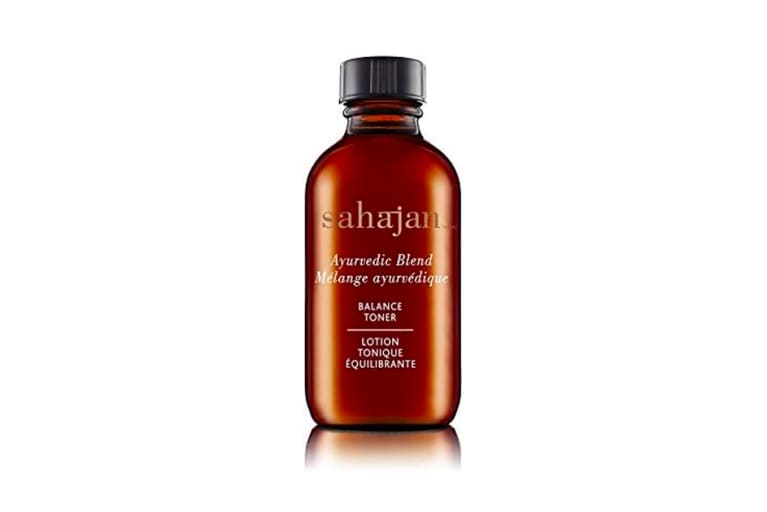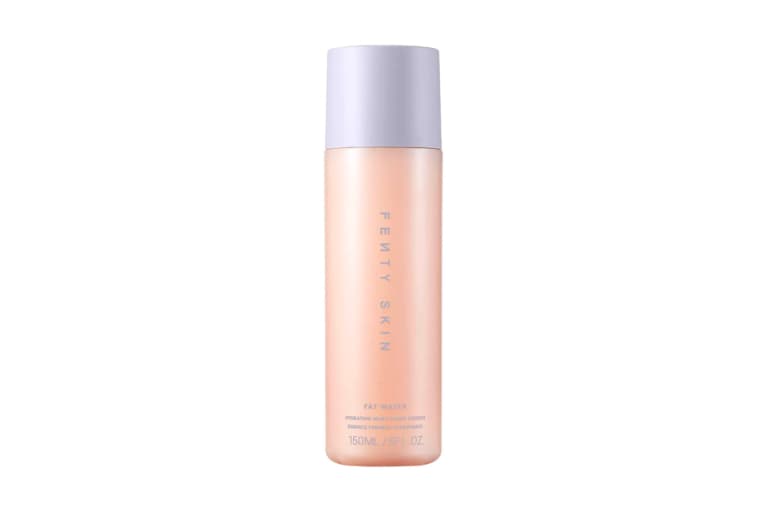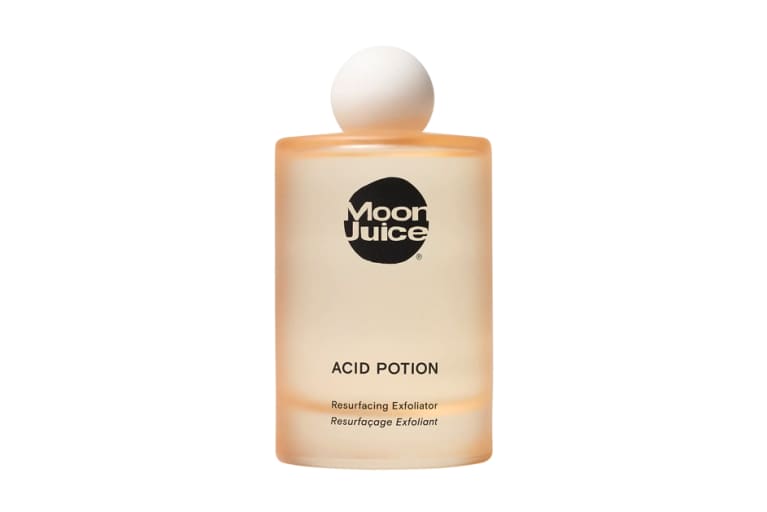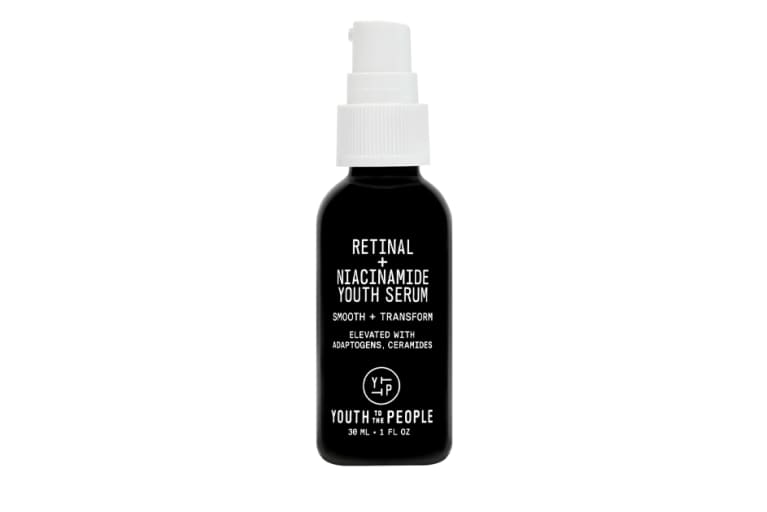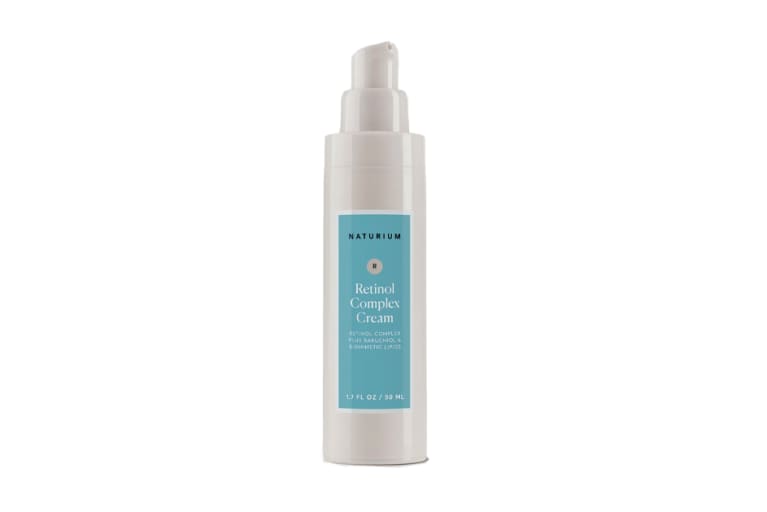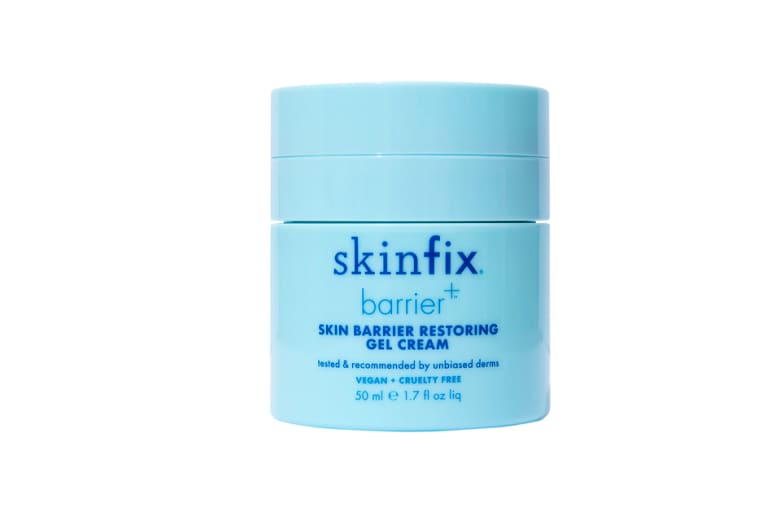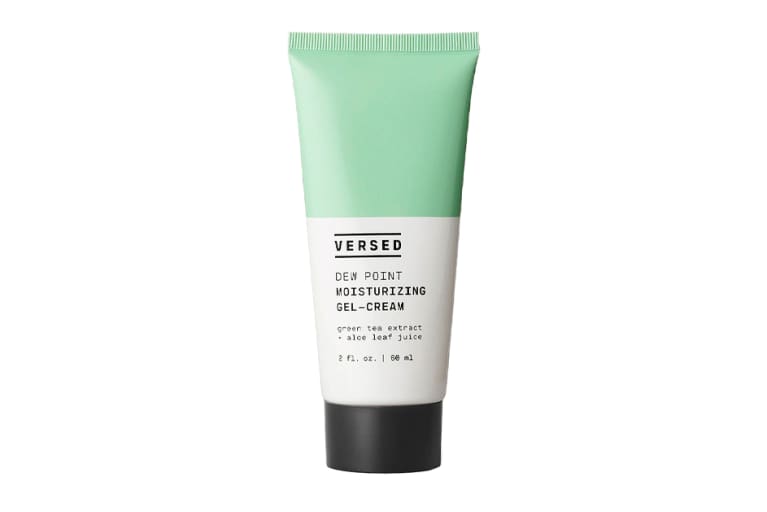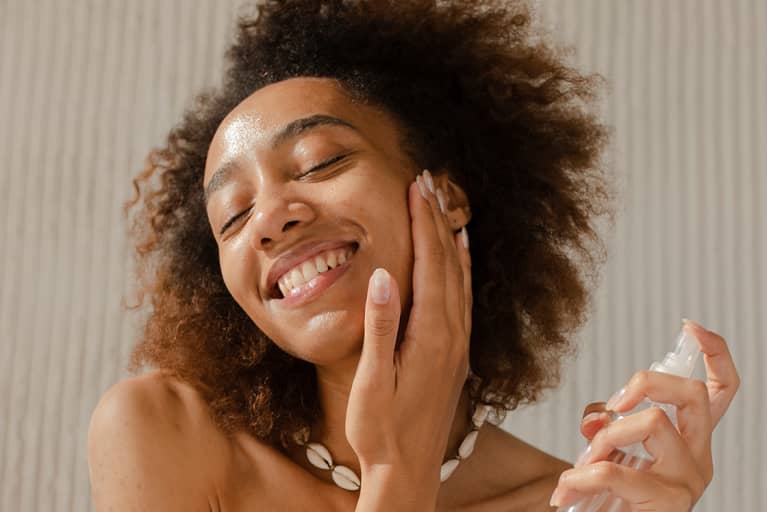
Our editors have independently chosen the products listed on this page. If you purchase something mentioned in this article, we may earn a small commission.
October 19, 2022 — 12:01 PM
If you reach for oil blotting sheets or frequent powder touch-ups, you just might have oily skin. While mattifying makeup may help eliminate excess shine, there’s actually a whole lot you can do with skin care alone to regulate your skin’s oil production.
Skin care routines may have similar steps from person to person (you know the drill: wash, hydrate, SPF); however, the products used should be tailored to your skin type. To save you time, we’ve asked dermatologists for the best routine for oily skin.
To follow, an expert-approved, step-by-step routine for oily skin and a few winning products to get you started.
Step 1: Remove makeup + SPF.
As with any evening skin care routine, you must remove your makeup and SPF before going in for a deeper cleanse. “All skin types can benefit from oil cleansing, as oil cleansers work by gently lifting off dirt, debris, and makeup, without harming the skin,” organic esthetician Katie Sobelman once told mbg.
If you have oily acne-prone skin, you’ll want to opt for a noncomedogenic oil. A few grade-A options include jojoba oil, rosehip oil, hemp seed oil, evening primrose oil, sea buckthorn oil, tea tree oil, grapeseed oil, and tamanu oil.
If oil cleansers just aren’t your thing, opt for micellar water and a reusable cotton pad instead.
